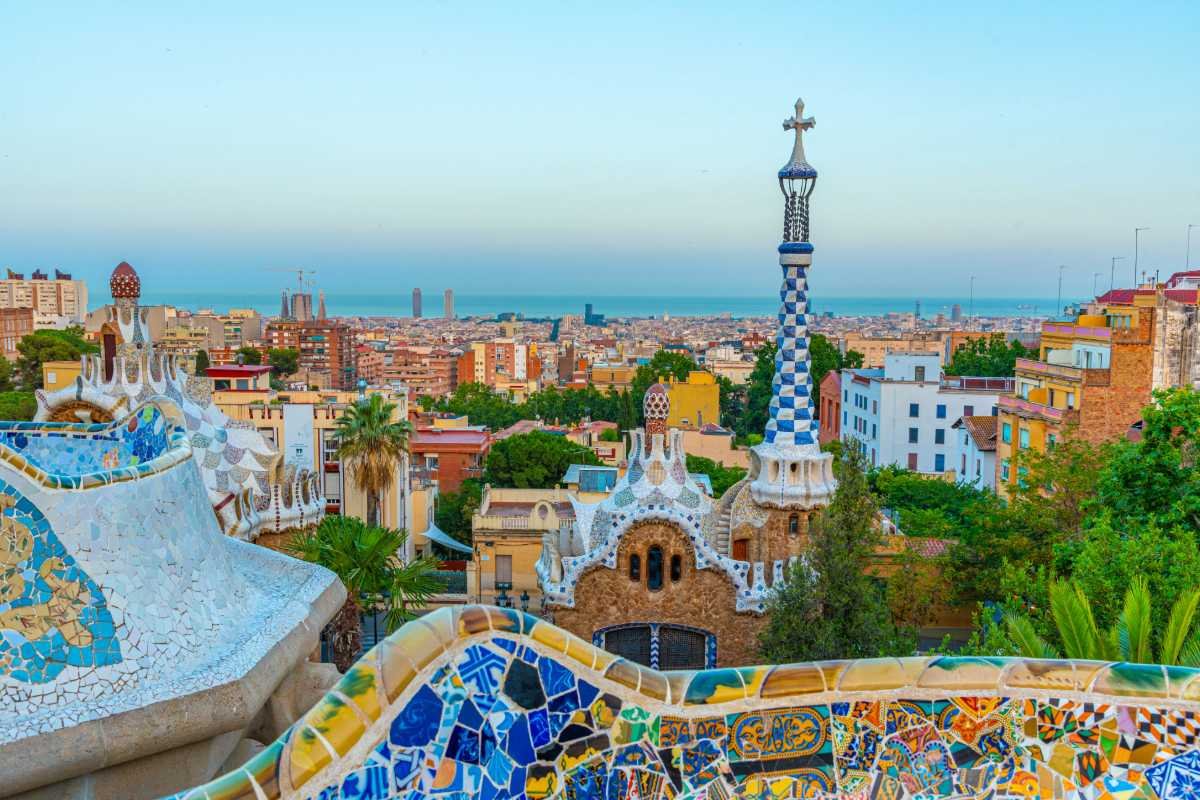According to the Barcelona Tourism Observatory, nearly 16 million tourists visited the city in 2023—many of them Argentinians, of course—leaving behind almost ten billion euros. But being a traveler in the city has become a challenge: exorbitant prices for everything, crowds everywhere, and a silent battle that locals began fighting on different fronts some time ago.
The first front is linguistic: despite being part of Spain, all the signage is in Catalan, sometimes without translation, and Catalan is the first language in which people respond to a question asked in Spanish—even at a bakery where you’re just trying to buy an ensaimada. However, all the “experiences” with special tourist pricing are offered in English. Groups of local residents have managed to restrict short-term rentals on platforms like Airbnb, arguing that they reduce the supply of long-term housing and drive up rent prices. Mayor Jaume Collboni announced in June the elimination of 10,000 short-term rental apartments by the end of 2028. The measure aims to free up housing for local residents who have been displaced by the surge in short-term rentals. Others argue the measure infringes on property rights and will encourage an underground rental market.
Another victory for residents is the creation of exclusive areas in the famous Park Güell. After showing proof of residency, locals can walk through designated paths without paying an entrance fee. Everyone else must book a date and time and pay 30 euros to visit the 19-hectare park located on the slopes of the Muntanya Pelada. A guided tour costs 42 euros per person. The park features works by Barcelona’s most famous son, architect Antoni Gaudí, and anything bearing his name is sure to draw crowds, require advance reservations—sometimes weeks or even months ahead in high season—and come with high ticket prices. Gaudí’s signature can also be found in residential houses such as La Pedrera, Casa Batlló, and his first work, Casa Vicens, as well as in his unfinished masterpiece, the Sagrada Família, which began construction in 1882 and will be completed next year following Gaudí’s precise instructions.
The most accessible of these is Casa Vicens, with a basic ticket costing 18 euros, 21 euros for a guided tour, or 40 euros for the “Good Morning Gaudí” experience—a special visit that starts at 8:00 a.m., before the regular opening time of 9:30, with a cap of 20 visitors. For those with a strong aversion to crowds and a generous budget, there is the option of booking all 20 spots for a private visit. For 22 euros, the “Sweet Gaudí” combo includes a ticket, a cup of hot chocolate, and two churros.
Further along Passeig de Gràcia stands Casa Batlló, which Gaudí designed in 1904 for textile magnate Josep Batlló. General admission, including an audio guide and a one-hour, fifteen-minute visit, costs 29 euros. In 2023, the house received 1.5 million visitors—an average of 400 people per hour. That’s why every selfie includes someone else’s head—unless you opt for the 8:00 a.m. “Be the First” tour for 45 euros with limited spots. For 60 euros, visitors can enjoy a rooftop show with a glass of cava at 8 p.m.
Three blocks away, also on Passeig de Gràcia, is La Pedrera, also known as Casa Milà. Batlló had recommended Gaudí to his friend Pere Milà, and the architect built this residence between 1906 and 1912. Entry to this UNESCO World Heritage site starts at 29 euros, always requiring advance reservation with strict time slots—latecomers are not admitted. “La Pedrera Sunrise” at 8:00 a.m. and the “Night Experience” cost 39 euros; the latter includes a rooftop cava and a show. The “Open Date” ticket allows visitors to go any day or time within six months for 45 euros, while the “Premium” tour, with limited capacity and cava, costs 120 euros per person.
Entering the Sagrada Família, Gaudí’s crowning achievement, is a true odyssey. Around 50,000 people gather outside the basilica each day, as if it were the end of a World Cup final, and 16,000 enter—with tickets purchased in advance for a specific day and time. The lowest-priced ticket at 68 euros covers only the interior with an audio guide. To access the towers by elevator, you must pay an additional 10 euros. What would Gaudí think if he knew that his basilica generates over one million euros daily from general admissions alone?
It’s for this reason that many Catalans have never set foot in the temple and vow not to do so until a day of exclusive access for residents is established. Will the administrators be willing to sacrifice a day of revenue?
The most extreme Catalans have taken their protest to the streets, launching direct action. Armed with water guns, they patrolled La Rambla—a boulevard lined with bars and restaurants—and didn’t hesitate to soak tourists enjoying pa amb tomàquet (bread with tomato) and other delicious Catalan tapas.













